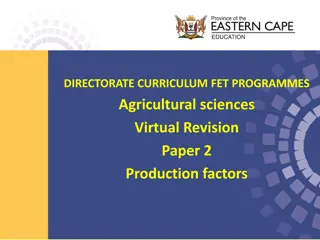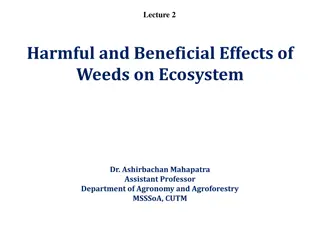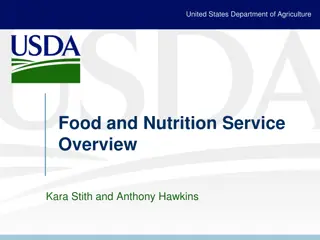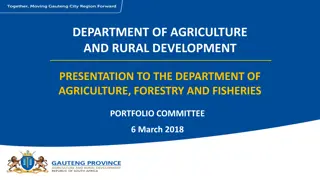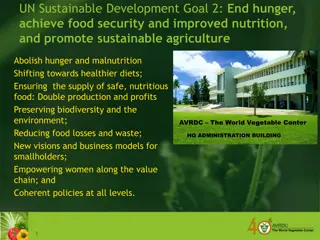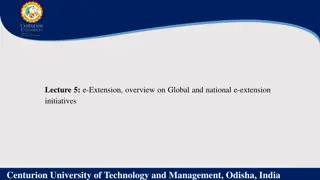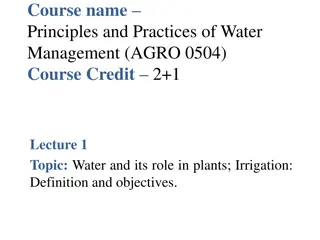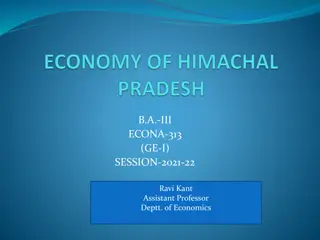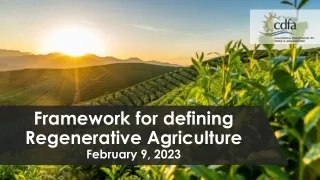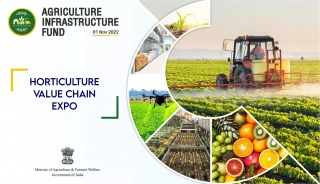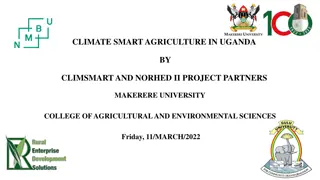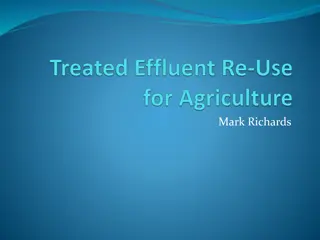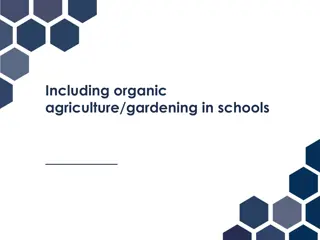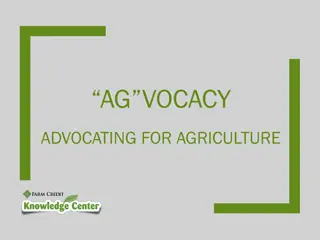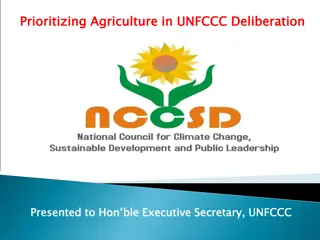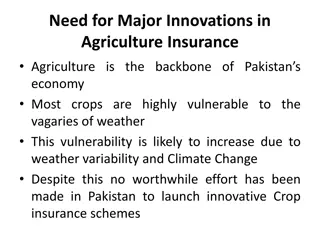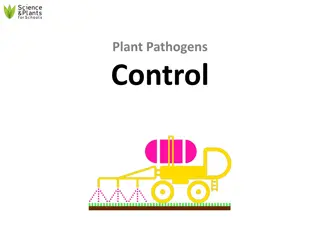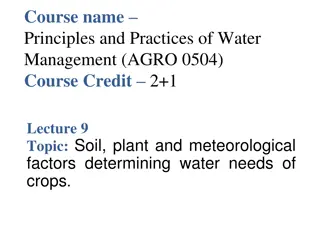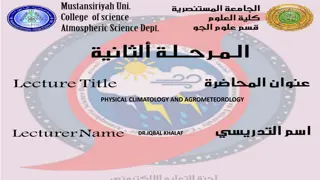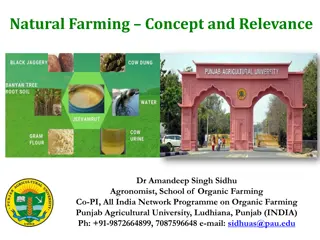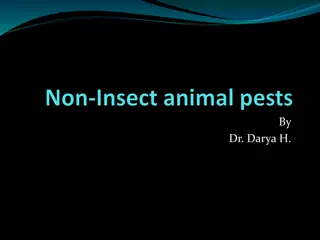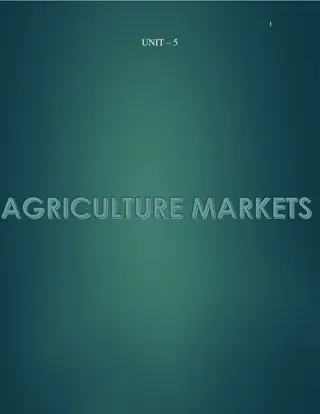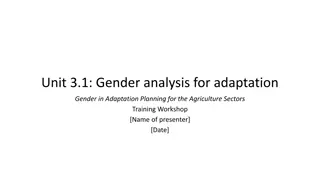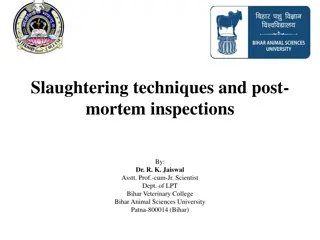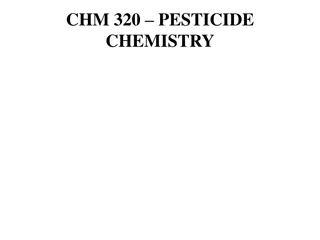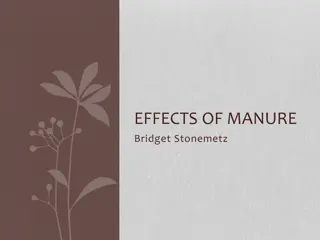Understanding Monocultures and Hedgerows in Agriculture
Monoculture involves growing the same plant species closely together to increase productivity but has negative environmental impacts like reduced genetic diversity and increased pesticide use. Traditional crop rotations offer a sustainable alternative by breaking pest cycles and improving soil health. Hedgerows, on the other hand, provide biodiversity, habitat for wildlife, and natural pest control in agricultural landscapes.
Download Presentation

Please find below an Image/Link to download the presentation.
The content on the website is provided AS IS for your information and personal use only. It may not be sold, licensed, or shared on other websites without obtaining consent from the author. Download presentation by click this link. If you encounter any issues during the download, it is possible that the publisher has removed the file from their server.
E N D
Presentation Transcript
Aims: Learn about hedgerows and monocultures from a presentation Consolidate and add to this knowledge by making a summary sheet (using your green booklets as well) Find out how how much you have learned by doing a mini-test
Monoculture the growth of the same plant species in close proximity, with few or no other types of plant present. (tomato field)
Monoculture: Increases the productivity of farmland by growing only the best variety of crop. Allows more than one crop per year. Simplifies sowing and harvesting of the crop. Reduces labour costs.
Monoculture has a major impact on the environment: Reduces genetic diversity and renders all crops in a region susceptible to disease. Fertilisers required to maintain soil fertility. Pesticides are required to keep crops healthy. Monoculture reduces species diversity. Less attractive countryside.
E.g of pests and monoculture. The boll weevil eats the cotton plant. It wiped out much of the cotton crop in the affected states in the USA between 1895 and 1910. Severe economic consequences ensued, because cotton was the main crop, and only one strain of cotton was grown.
Traditional crop rotations, where different crops are grown in a field each year: Breaks the life cycles of pests (since their host is changing) Improves soil texture (since different crops have different root structures and methods of cultivation) Can increase soil nitrogen (by planting nitrogen- fixing legumes).
In general the larger the hedge, the more birds and more species are found.
This powerpoint was kindly donated to www.worldofteaching.com http://www.worldofteaching.com is home to over a thousand powerpoints submitted by teachers. This is a completely free site and requires no registration. Please visit and I hope it will help in your teaching.










